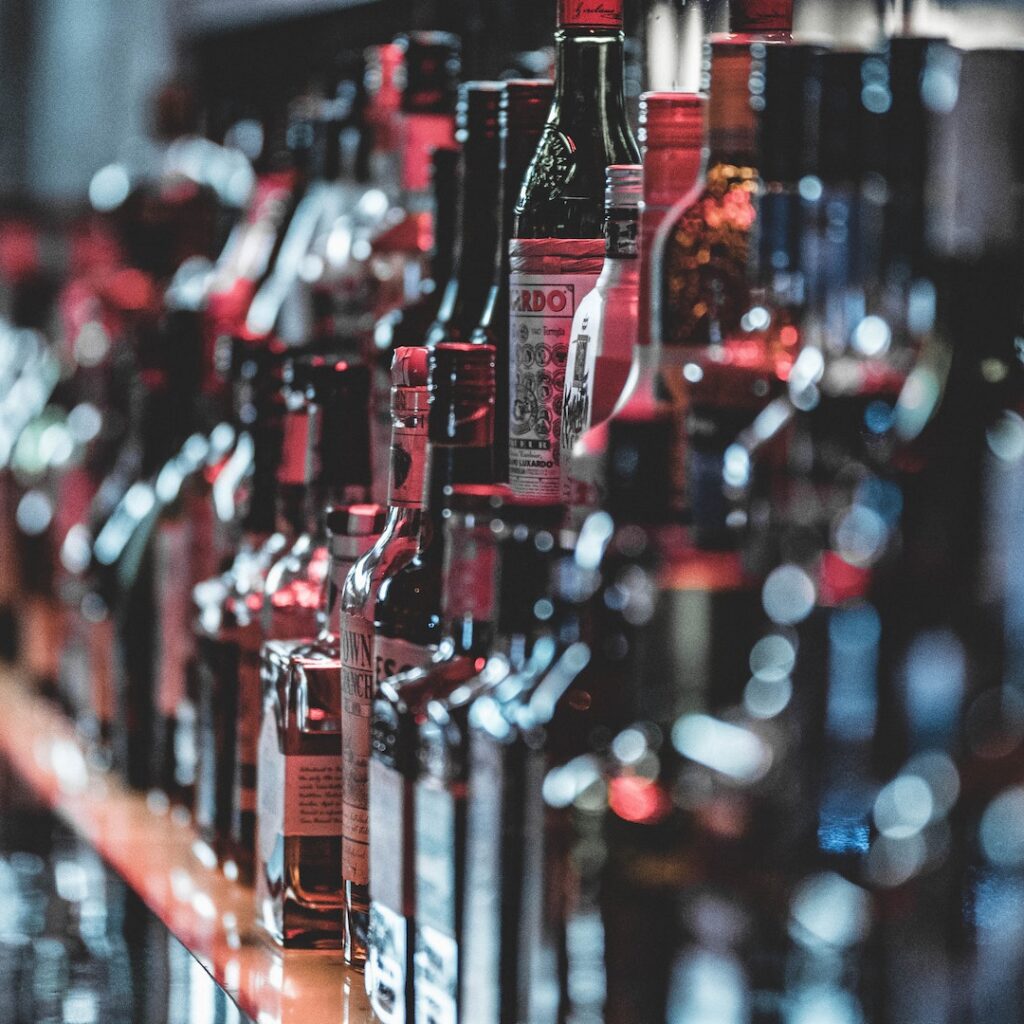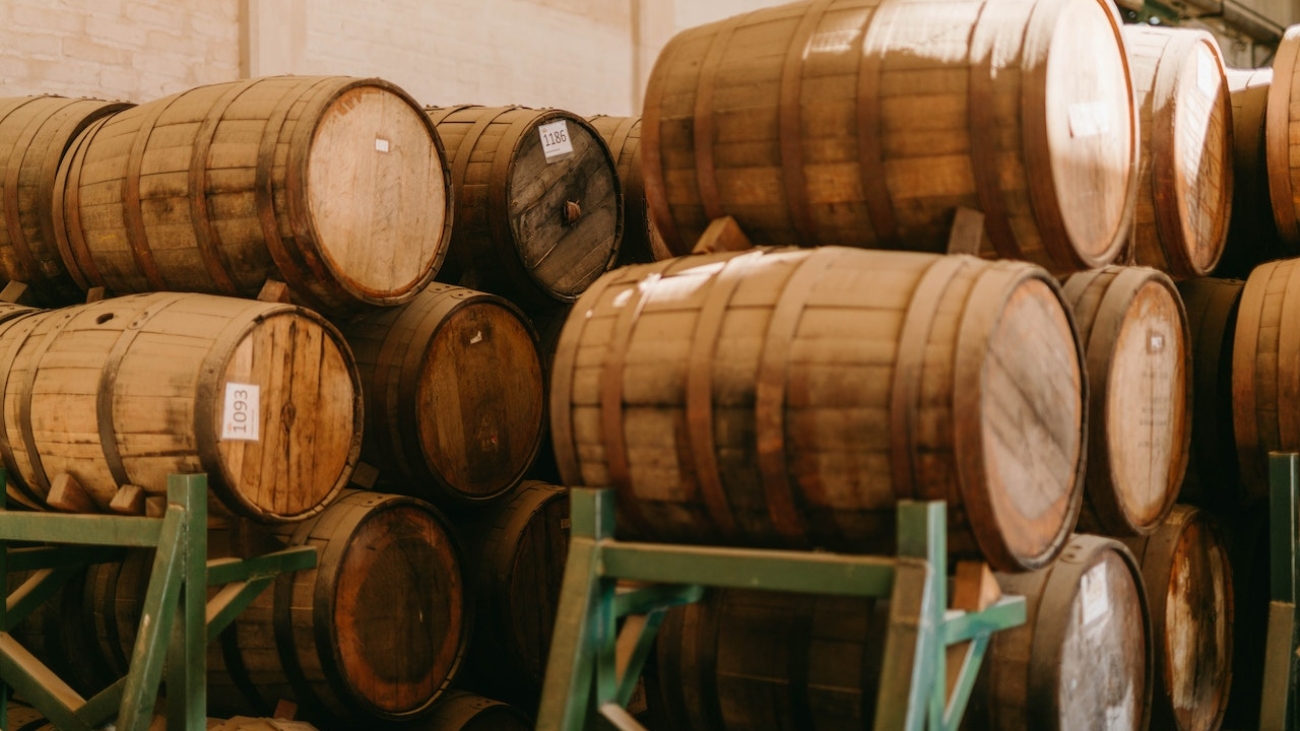The Global Alcohol Export Landscape
In today’s world, premium alcohol is not just a beverage; it’s a testament to the intricate interplay of economics, supply, and demand. The global market for high-quality spirits, wines, and beers has witnessed remarkable success stories driven by solid economic principles.
A Glimpse at the Export Leaders
Before delving into the economics behind premium alcohol, let’s take a look at some intriguing data. In 2022, the United Kingdom emerged as the world’s largest spirits exporter, boasting a staggering $9.33 billion worth of exports. Following closely was France, with exports valued at $6.12 billion.
In the realm of whiskies, the top exporters in 2021 included the United Kingdom, the United States, Ireland, Japan, and Singapore. Similarly, Mexico stood as the world’s leading beer exporter in 2021, surpassing traditional beer giants like Belgium, Germany, and the Netherlands.
Vodka exports in 2022 were dominated by Sweden, France, Poland, and the USA, while the top exporters of Rum and tafia in 2021 included Italy, the European Union, the United States, the Netherlands, and France. As for wine, Italy, Spain, France, Chile, and Australia secured the top spots by volume, with France leading the pack in terms of value exports.
From this data, a pattern begins to emerge: it’s predominantly European nations or countries heavily influenced by European traditions that lead in alcohol exports.
Unraveling the Alcoholic Alchemy
But what lies at the core of this flourishing industry? To understand the economics of premium alcohol, we must first deconstruct its fundamental ingredients and production process.
Alcohol is a product of the fermentation of starch found in various fruits and grains. This starch is transformed into alcohol and carbon dioxide when yeast is introduced. By distilling the fermented mixture and aging it under controlled conditions, we obtain the drinkable alcoholic beverages we know today.
Let’s explore the raw materials that give rise to some of the world’s finest spirits:
- Wine: Crafted from grapes through a process involving mashing and fermentation.
- Brandy: Distilled from wine, with water removed to create a concentrated, potent spirit.
- Beer: Comprises grapes, cereals like rye or barley, European flowers, yeast, and water, with various brewing techniques.
- Rum: Derived from sugarcane, often associated with the Caribbean but resembling what India labels as whiskey.
- Bourbon and Tennessee Whiskey: A distinctly American product made primarily from corn, with smaller amounts of barley and rye.
- Scotch Whiskey: Produced in Scotland and Europe, it uses barley and may be “blended” with other grains.
- Vodka: Typically created from rice and potatoes, fermented with yeast and distilled.
- Gin: Vodka infused with pine juniper fruits, further refined through distillation.
- Tequila: Made from the sap of a specific agave plant.
Surprisingly, all these luxurious libations trace their origins back to humble ingredients and a shared process of fermentation and distillation.

Photo by Clam Lo: https://www.pexels.com/photo/selective-focus-photo-of-alcohol-bottles-3355400/
The Economics of Alcohol: Why the Price Varies
Why, then, does the cost of alcoholic beverages vary so greatly? The answer lies in the raw materials and their transformation into distinct spirits.
In essence, some forms of alcohol serve as the raw materials for others. For instance, wine is the foundation for brandy, while vodka serves as the base for gin. Fermentation, driven by yeast, is a common thread linking the production of alcohol and bread, making them distant relatives.
Yet, alcohol comes to fruition at a slower pace, requiring years of aging, unlike the rapid production of bread. This, along with factors such as raw material quality and geographic location, contributes to the divergent pricing of alcohol and bread.
Hence, bakeries and bars, though seemingly distinct, share common origins in cereals and yeast. Moreover, with favorable farming conditions, other high-value agricultural products like tobacco and even pizza can emerge from the same foundations.
The Quest for Quality Raw Materials
Premium alcohol hinges on impeccable ingredients, and barley stands out as a key player in crafting superior whiskey. Distillers seek barley strains with low nitrogen content, high starch levels, large grain sizes, excellent enzyme potential, and germination capability.
Potatoes, on the other hand, are vital for vodka production. Varieties like Russet, Idaho, and Yukon Gold, known for their starchiness, are preferred choices.
The Role of Geography in Alcohol Production
France, Spain, and Italy, collectively responsible for nearly half of global wine production, are also renowned for grape cultivation. The connection between local knowledge, climate, and agricultural techniques plays a pivotal role in producing the grapes necessary for premium wines.
In essence, alcohol production has become geographical, deeply intertwined with the unique attributes of each region.
The Marriage of Economics and Quality
So, what drives consumers to pay top dollar for high-quality alcohol? It’s a combination of the quality of the drink and the overall experience it offers. Distilleries in industrialized nations have mastered the art of delivering this premium experience, capitalizing on the principles of supply and demand.
The Economic Disparity in Premium Alcohol Production
Yet, an intriguing question remains: why do many less affluent countries struggle to produce high-quality, expensive alcoholic beverages? The answer lies in the adeptness of industrialized nations in harnessing economic principles to their advantage.
In essence, the world of premium alcohol is a testament to the intricate dance of economics, raw materials, production processes, and consumer preferences. From humble beginnings rooted in cereal grains and yeast to the global stage, alcohol has become a rich tapestry of culture, geography, and economic prowess.


Leave A Comment